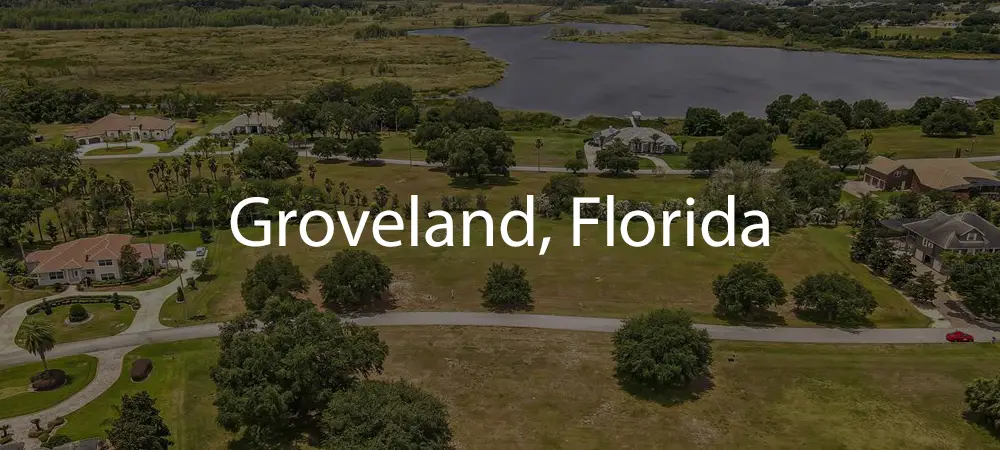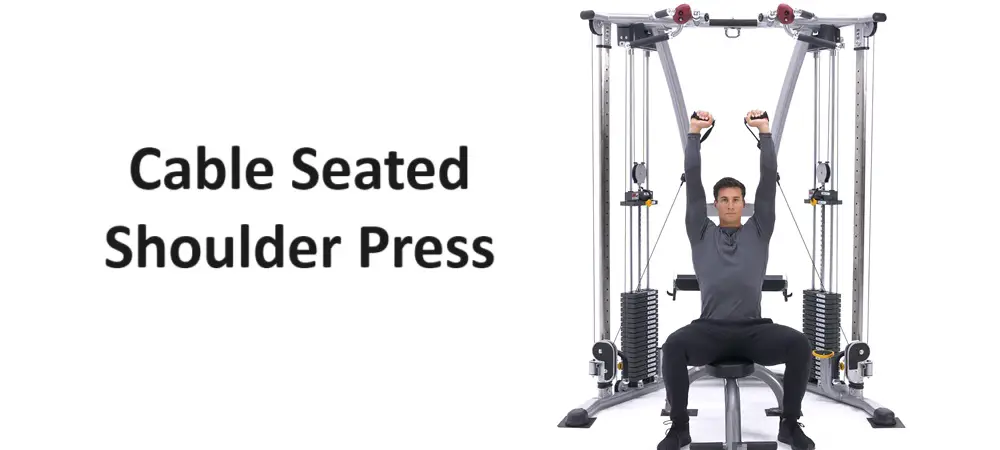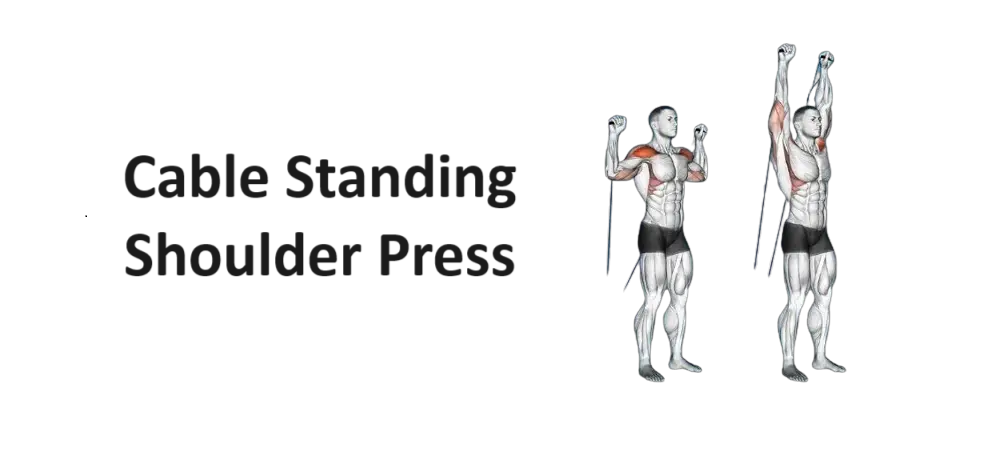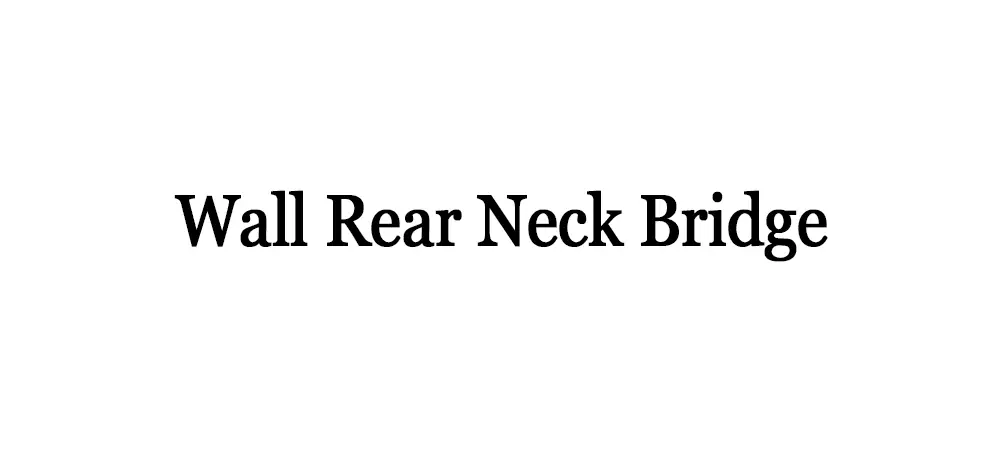The essence of weightlifting is simply lifting something and then lowering it again. This is the Barbell deadlift. It is simple and effective, and it’s one of the most powerful muscle-building, strength-building, and health-improving moves you can do.
The safe Barbell deadlift strengthens every bone in your body and challenges every muscle along your posterior chain (all those muscles running from your neck to your heels). It also tests your grip strength as well as core stability. If you want to lift heavy, it will identify any flaws in your armor. Start light and within your budget, then build weight as your technique improves.
Barbell Deadlift is a great addition for anyone who has been guilty of training only their mirror muscles on the front of their body (think chest, abs, quads) at the expense of the back, particularly the lower back, and hamstrings. This will lead to an imbalanced physique and significant strength discrepancies among synergistic muscle groups.
Instructions for Barbell Deadlift
- The bar should be centered above your feet. Your feet should be approximately hip-width apart. To allow your shoulders to protract, bend at the hip and grip the bar at shoulder width. You would normally use an alternate grip.
- Take a deep breath, then place your feet in your grip. Next, lower your hips and flex your knees until you feel your shins touch the bar. Keep your head forward. To lift the weight, keep your chest high and your back straight.
- Once the bar has passed your knees, pull the bar back and bring your shoulder blades together. Next, drive your hips forward towards the bar.
- Bend at your hips to lower the bar and guide it towards the floor.
Some Benefits of Barbell Deadlifts:
- Functional Kinetics Reinforcement
- Significant Athletic Capacity Improvement
- Endocrinological Benefits
- Body-Wide Skeletal Muscle Activation
Other Information
- The glutes, which make up the buttocks, the various hamstring muscles that run along the back of the femur, the quadriceps on the opposite side, the latissimus dorsi in the middle of the back, the hip flexors, and the trapezius on top of the shoulders are the main muscles worked in the barbell deadlift 2. These are primarily the various core muscle groups, the erector spine (which is also regarded as a primary muscle during certain portions of the exercise), the forearms, and the deltoids along with the rhomboids along the upper back; all of which work in a synergistic or supportive capacity during the barbell deadlift.
- Maintain a straight back with no curves at the shoulders or spine while performing Barbell Deadlift. The hip should be pointing at the hip. You should keep your hips down and not move. To support your straight back, brace your abs.
- For beginners, the key to lifting is to use your legs and hips to lift, not your arms or shoulders. However, they can help stabilize the movement. Throughout the lift, keep your arms straight. Bending your arms could strain your biceps.
- Start with a lighter weight to ensure you are satisfied with your form. You can have your form checked by a personal trainer or a gym trainer. If necessary, practice in front of a mirror.
- You can perform repetitions with a lighter weight. Lower the bar to your shin, or floor, and then straighten the bar again. This is not a Barbell deadlift repetition. You are better to do a full lift, lower to the ground, and then stand up again.
- To maximize lift efficiency and safety, the bar should be close to the body.
- The back, hamstrings, and glutes are the primary targets, but the forearms, traps, and lats are also included.
- Stabilizes and strengthens the core
- Even light to moderate weights can be of benefit
- It is simple to scale for non-powerlifters.
- You can use straps or a mixed grip if grip is a problem.
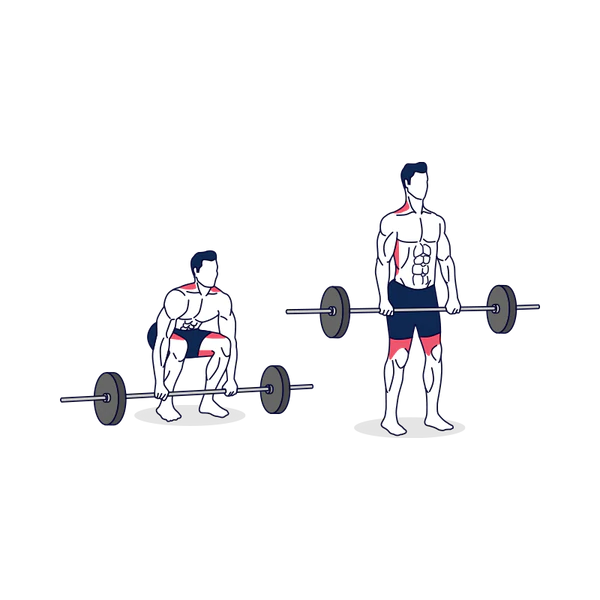
Also, check Barbell Full Squat

